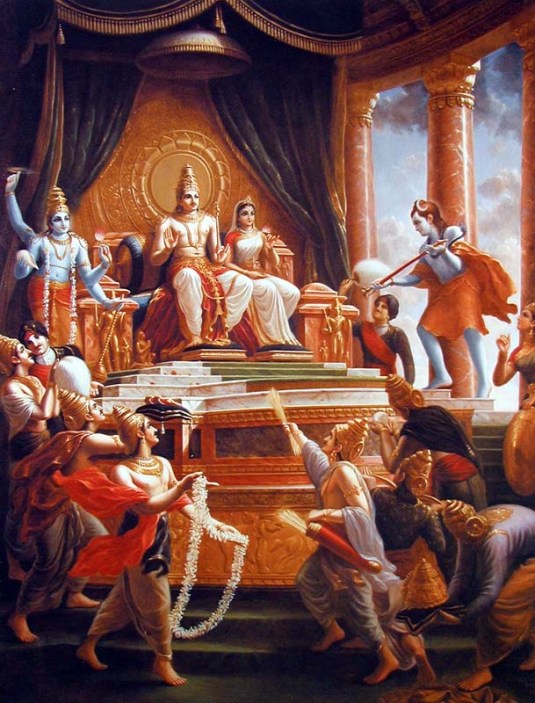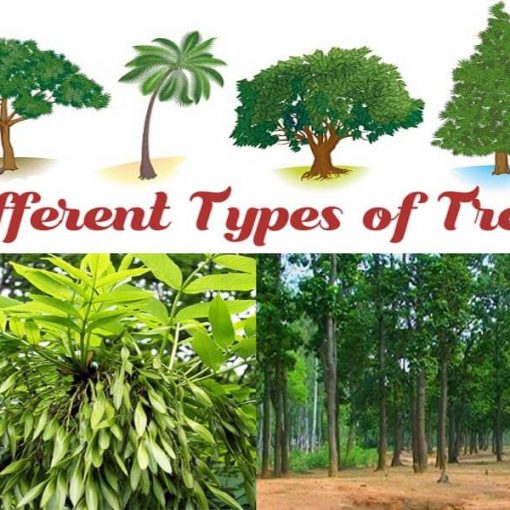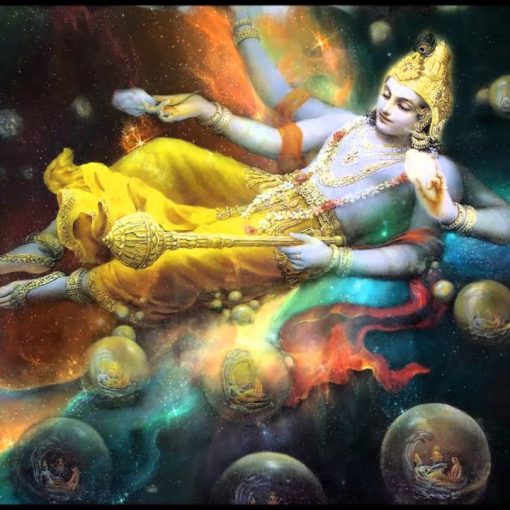Sapta-dvīpa refers to the seven great islands or continents on the surface of the globe: (1) Asia, (2) Europe, (3) Africa, (4) North America, (5) South America, (6) Australia and (7) Oceania. In the modern age people are under the impression that during the Vedic period or the prehistoric ages America and many other parts of the world had not been discovered, but that is not a fact. Pṛthu Mahārāja ruled over the world many thousands of years before the so-called prehistoric age, and it is clearly mentioned here that in those days not only were all the different parts of the world known, but they were ruled by one king, Mahārāja Pṛthu. The country where Pṛthu Mahārāja resided must have been India because it is stated in the eleventh verse of this chapter that he lived in the tract of land between the rivers Ganges and Yamunā. This tract of land, which is called Brahmāvarta, consists of what is known in the modern age as portions of Punjab and northern India. It is clear that the kings of India once ruled all the world and that their culture was Vedic.





